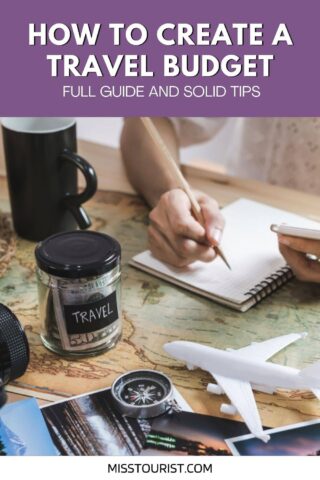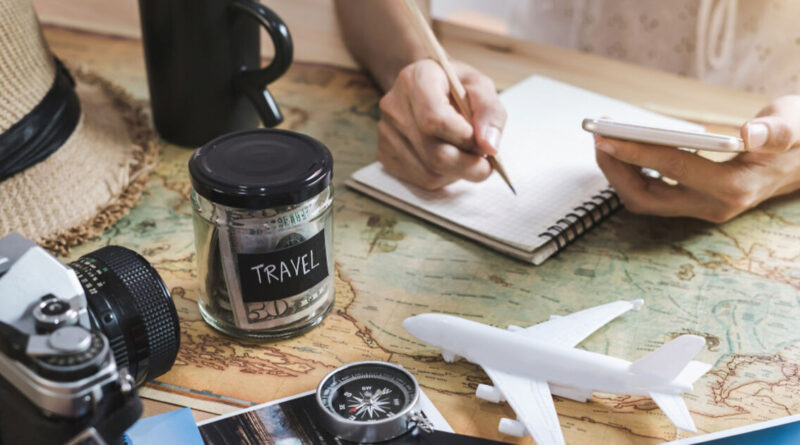Full Guide to Creating a Travel Budget
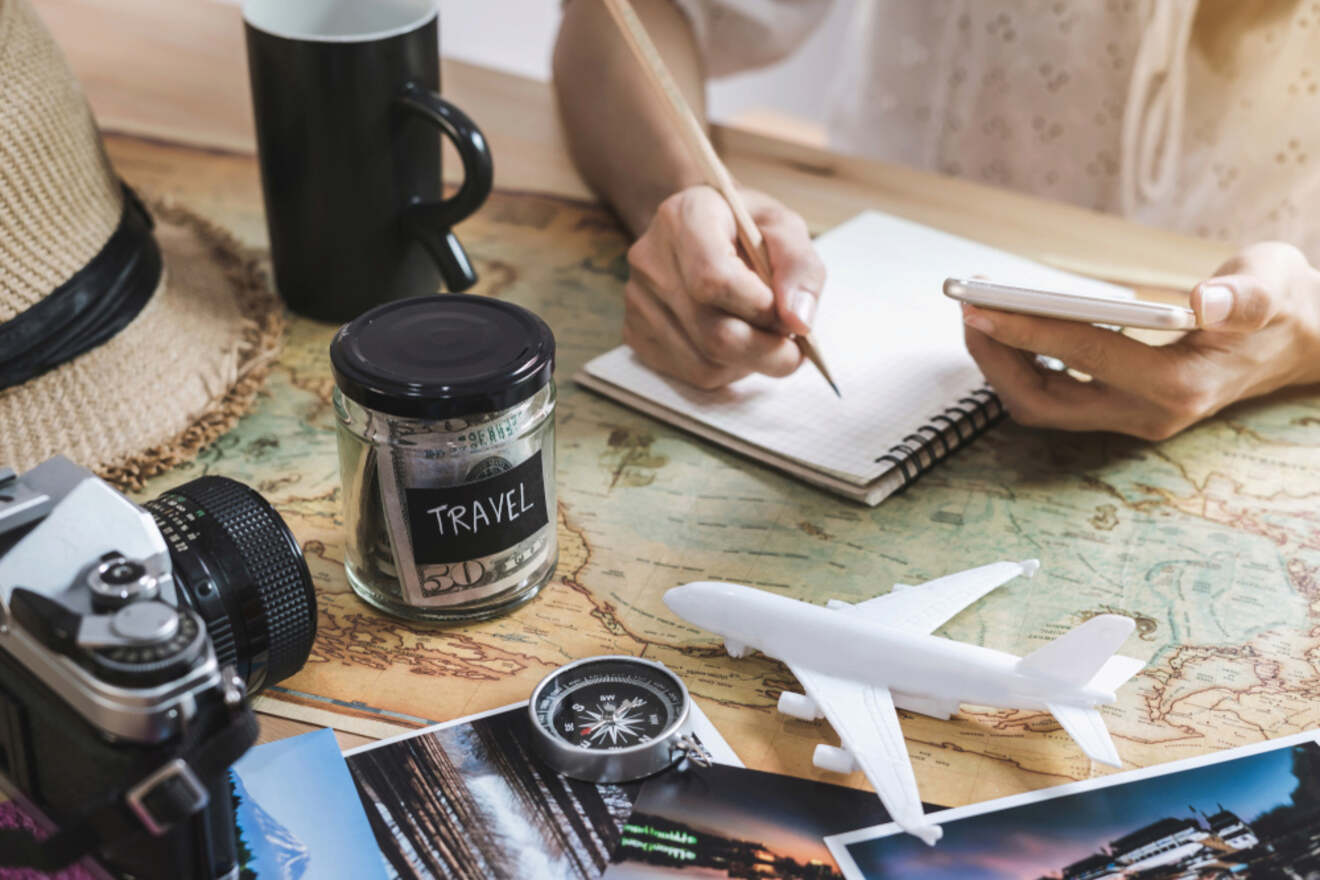
Traveling is one of the best things ever, but it can get expensive if you’re not careful. Trust me, having a budget is a game-changer. It might sound a bit daunting at first, but it’s totally worth it!
From my own travels and chatting with the team here at Miss Tourist, we’ve picked up some solid tips on budgeting for trips. We’re all about making sure you get the most out of your adventures without breaking the bank. Plus, with all the money you save, you’ll be able to afford to travel more often.
Whether you’re into luxury stays or traveling with limited funds, budgeting is your best friend. It keeps those unexpected expenses in check and helps you avoid spending way more than you planned.
Of course, every trip is different, and budgets can vary a lot depending on where you’re going (generally a week-long trip in the US for a mid-range traveler might cost ~$4,000 for 2 people, but if you are going to, say, Thailand it is going to be much cheaper).
Your travel style and preferences are also going to play a very important role in budgeting. But with my tips, you’ll learn how to estimate it and have a clear idea on what to expect.
I know it may sound daunting, but worry not, I also included a section with example estimations where I walk you through the whole process.
Let’s go!
What to keep in mind before you start budgeting
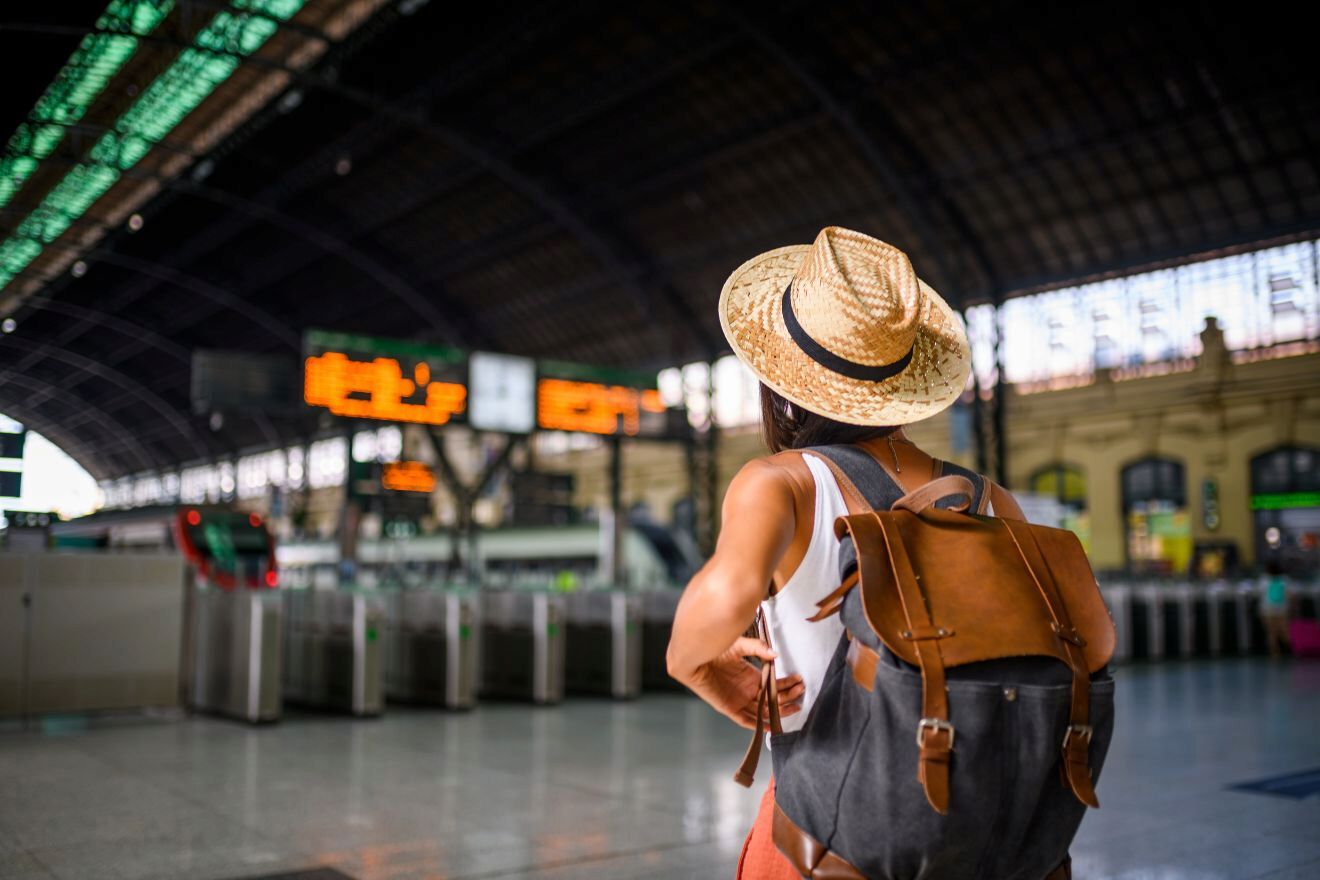

Before we start creating the budget, there are a couple of things we need to chat about that will influence the cost of your trip.
- High-end or budget destination – this varies significantly! Iceland and Norway have far higher prices than, say, Sri Lanka and Indonesia.
- Trip length – the cost of the trip will vary on how long you’re traveling for;
- Number of people – traveling solo may be the cheapest option (if you are staying in hostels), but in most cases, the price per person will actually be lower if you travel as a couple
- Season – prices may vary twice depending on when you are going
- Travel style – business class and luxurious resorts or budget backpack style travel, or something in between?
Things to include in your travel budget


Before we dive into the details, check out this list of essential things you need to include in your budget:
- Transportation to the destination
- Accommodation
- Transportation inside the destination
- Food
- Tours & activities
- Pre-travel purchases (travel insurance, visas, shopping, etc.)
- Miscellaneous expenses (souvenirs, SIM card)
- Emergency fund (medical expenses, car trouble, etc.)
Let’s talk about each of them in detail, shall we? I’ll also make sure to mention
1. Transport to the destination
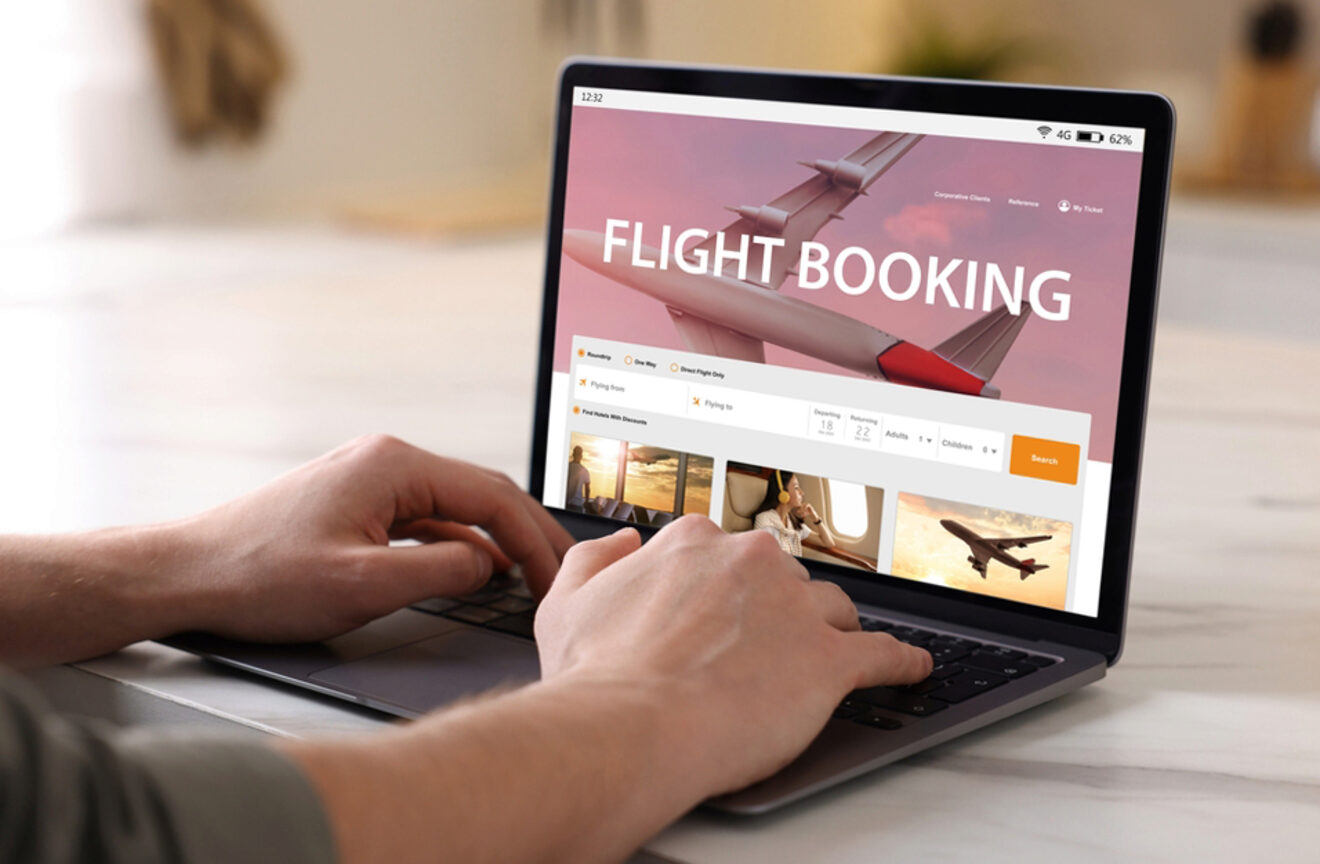

One of the costliest parts of traveling is the transportation (especially if you’re preparing for an international trip).
This is the first thing I would check when I am even starting to consider going to the place – if the flight is too expensive, it may eat up the whole budget I have allocated for the trip, and I would much rather spend the time planning the trip than I can afford.
I recommend using price comparison websites like Skyscanner to see the prices to your destination. On average, a round trip in the continental US will set you back US$380, while international flights can be more than over US$1,300 for a return ticket (there are definitely cheaper options).
2. Accommodation
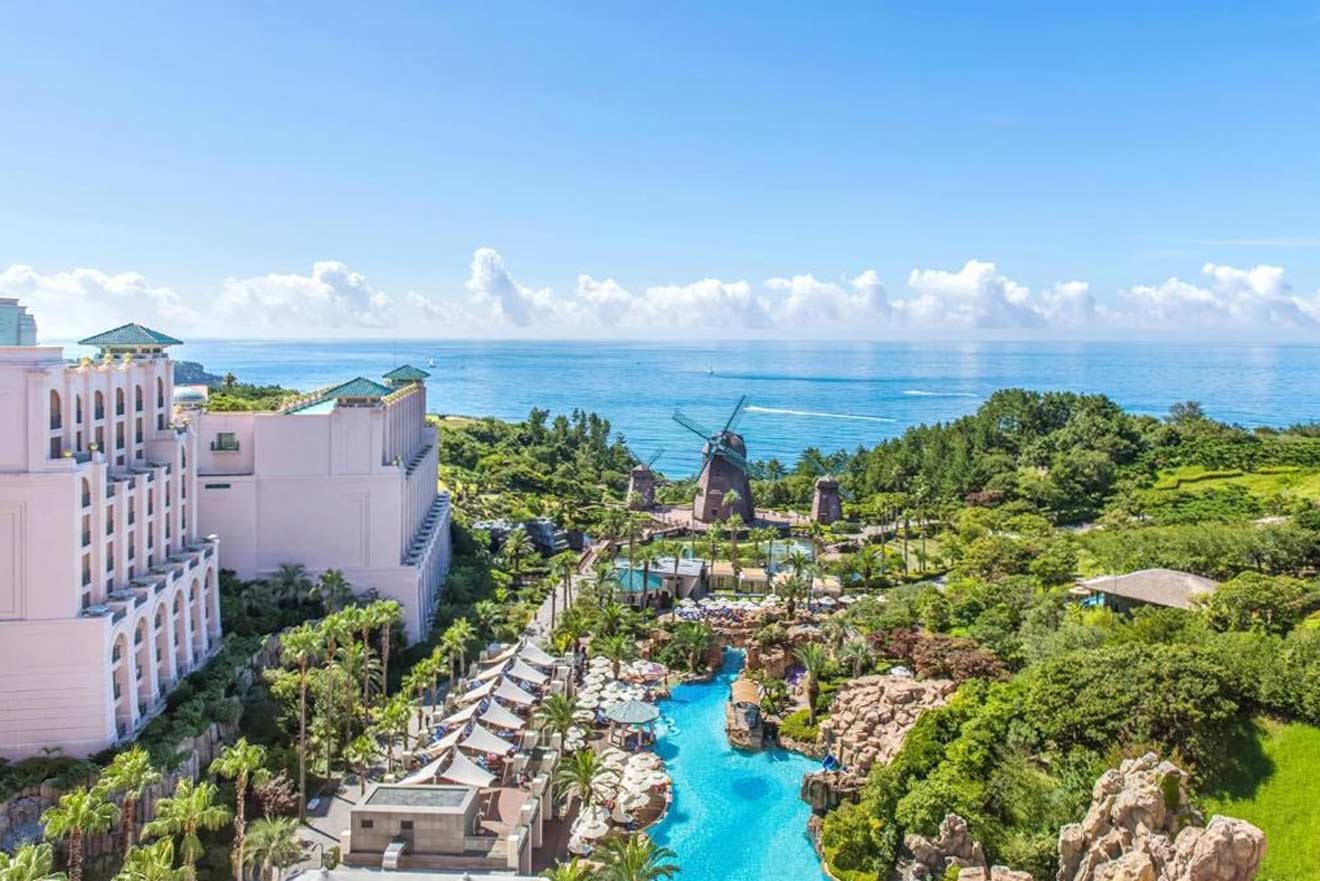

The next big expense on your list is accommodation. Again, using site comparison websites like Booking.com or Expedia will be very handy to give you an idea on what you will pay per night in your preferred destination.
If you don’t have set dates yet and you are flexible, both price comparison sites have a super handy calendar of prices, so you can choose when it is cheaper.
When you know the exact dates of your trip, you need to pick a hotel and select your dates. The site will show you the total, but before you place your reservation, check to see if there are any additional expenses like taxes or fees. Also, you should check what’s included in the price – you don’t want to be charged extra upon departure.
At Miss Tourist, we actually have a 4% cashback on hotels booked through Booking.com. The cashback will reach your Booking wallet after you’ve completed the trip, and you can deduct the sum for your next hotel stay, pretty nice! Read more details about it here.
If you plan on staying in multiple places/hotels during your trip, combine all the accommodation costs in your budget.
TIP: if you’re staying in a camping/campervan or elsewhere and it costs money – make sure to add that up to your accommodation budget estimation, too.
3. Transport inside the destination
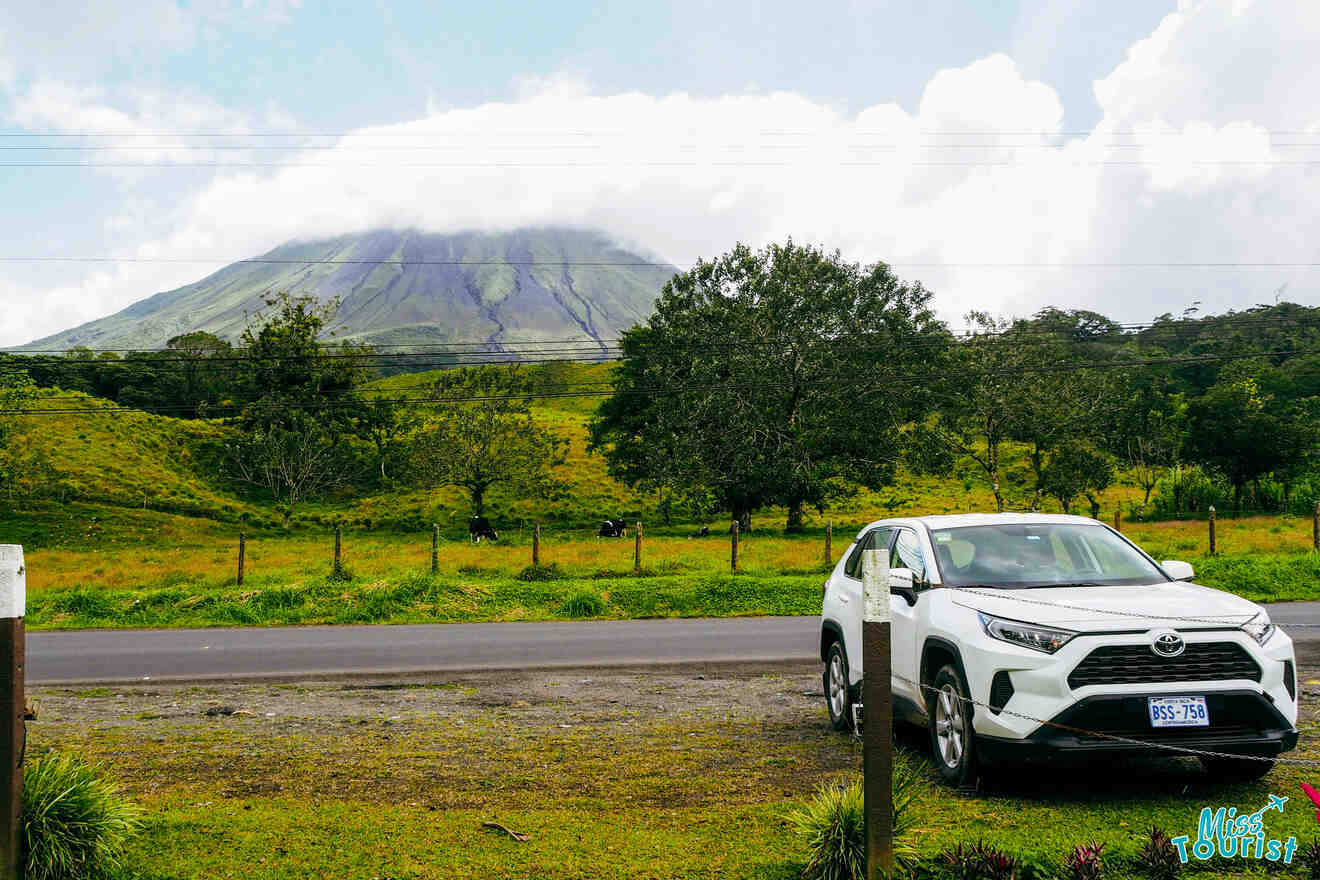

Here are the main transportation costs that you may need to take into consideration:
- Car rentals – renting a car gives you a lot of freedom to move around at your convenience, but you may not want/need a car for some destinations. If you do, consider the price of the rental car (and the insurance), plus gas and parking expenses. Depending on the country, an average rental car costs around US$50 per day, plus at least US$20 for gas and parking.
- Public transportation – if reliable, public transport is usually the most cost-effective way to get around, and you can generally get around for US$5-US$20 per day (but this is destination-specific).
- Taxis / Ridesharing services – if Uber is available, it is pretty easy to estimate the price here. Otherwise, this is a pretty good resource for a rough idea of how much a taxi would cost you per km/mile.
- Airport transfers – decide whether you’ll be taking a taxi or an airport shuttle. Taxis are more expensive, and depending on distance, you can pay as much as US$200 or as little as US$20. I love Welcomepickups and use them if they are available in the destination!
- Getting around on 2 wheels – besides cars, you can also rent bicycles and scooters. It’s more affordable and more practical for parking. In Europe, Lime offers e-bikes and e-scooters, and Cooltra offers regular scooters. Both are great options, available in several locations worldwide, with prices as low as US$20/day or you can pay per minute.
Once you estimate all of these costs, add them together, and you’ll have your transportation budget for getting around your destination.
NOTE: for each of the budget categories on this list, I recommend adding up another 10-25% in the estimate just in case (especially important if you can’t determine the exact price of something). It’s always better to have some money left over than go over budget.
4. Food
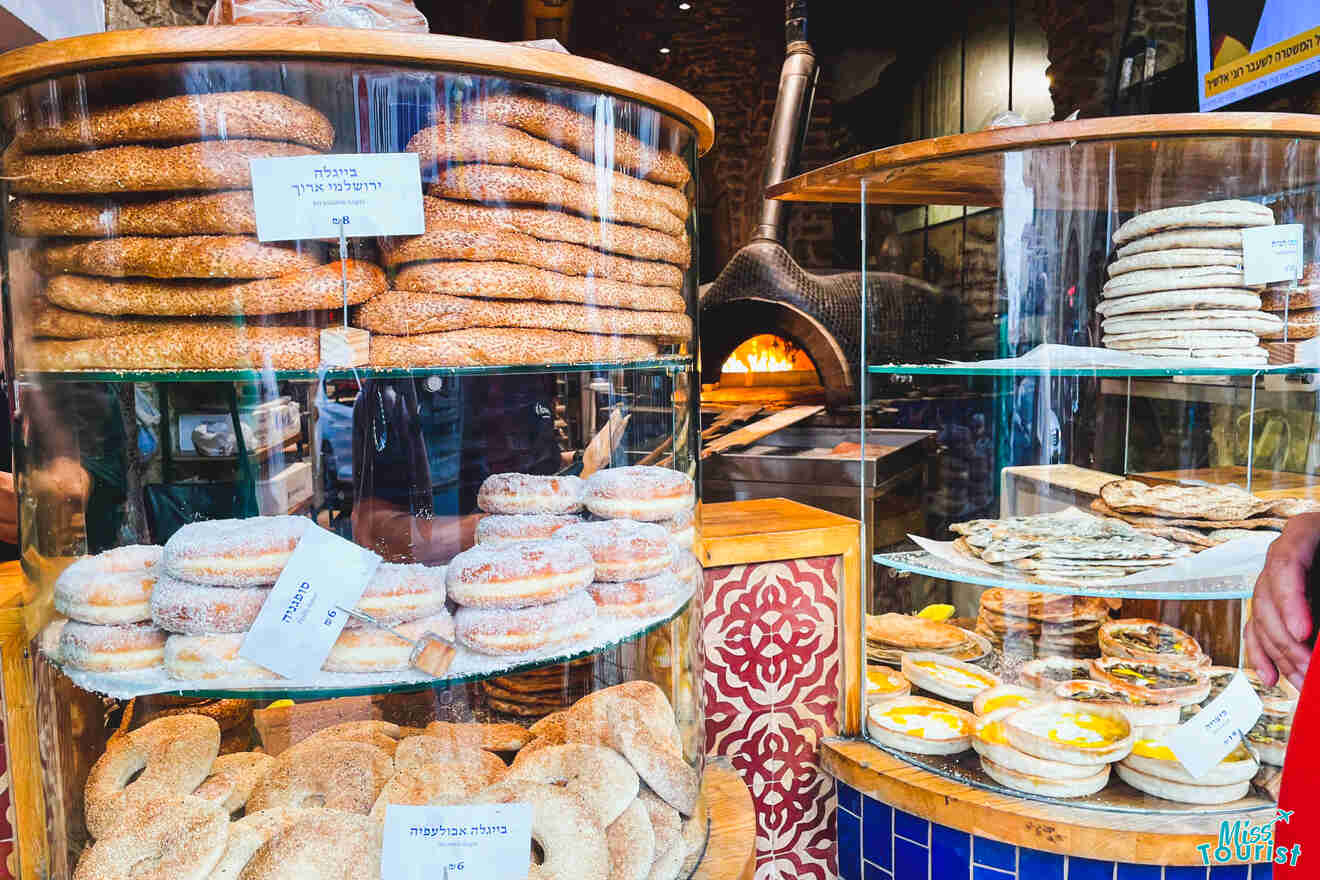

One of my favorite things to do when traveling is eat; I like to try as many local dishes as I can. However it can be a bit tricky to calculate a food budget, but not impossible.
First up, think about the meals – breakfast, lunch, and dinner (I also like to have a snack!). If your hotel offers complimentary breakfast, there’s one less meal to worry about. Or, if you’ve chosen an all-inclusive arrangement, you don’t have to worry about food at all; still, I’d set a small fund aside for snacks and treats.
If you are going to be cooking, this is a great resource to see how much things are in the supermarkets.
If you want to eat out, I recommend randomly checking a couple of restaurants on Google Maps in the area to see what’s on their menu (prices). You can do it on both your phone or computer (just click Photos, and there should be a tab for Menu; that’s when you will see the prices in the local currency).
Generally, a meal for 1 person in a mid-range restaurant can cost between US$15 and US$35 (without drinks). Based on this, you can decide how often you’d like to eat in restaurants and/or if you would like to cook your own food.
5. Tours & activities
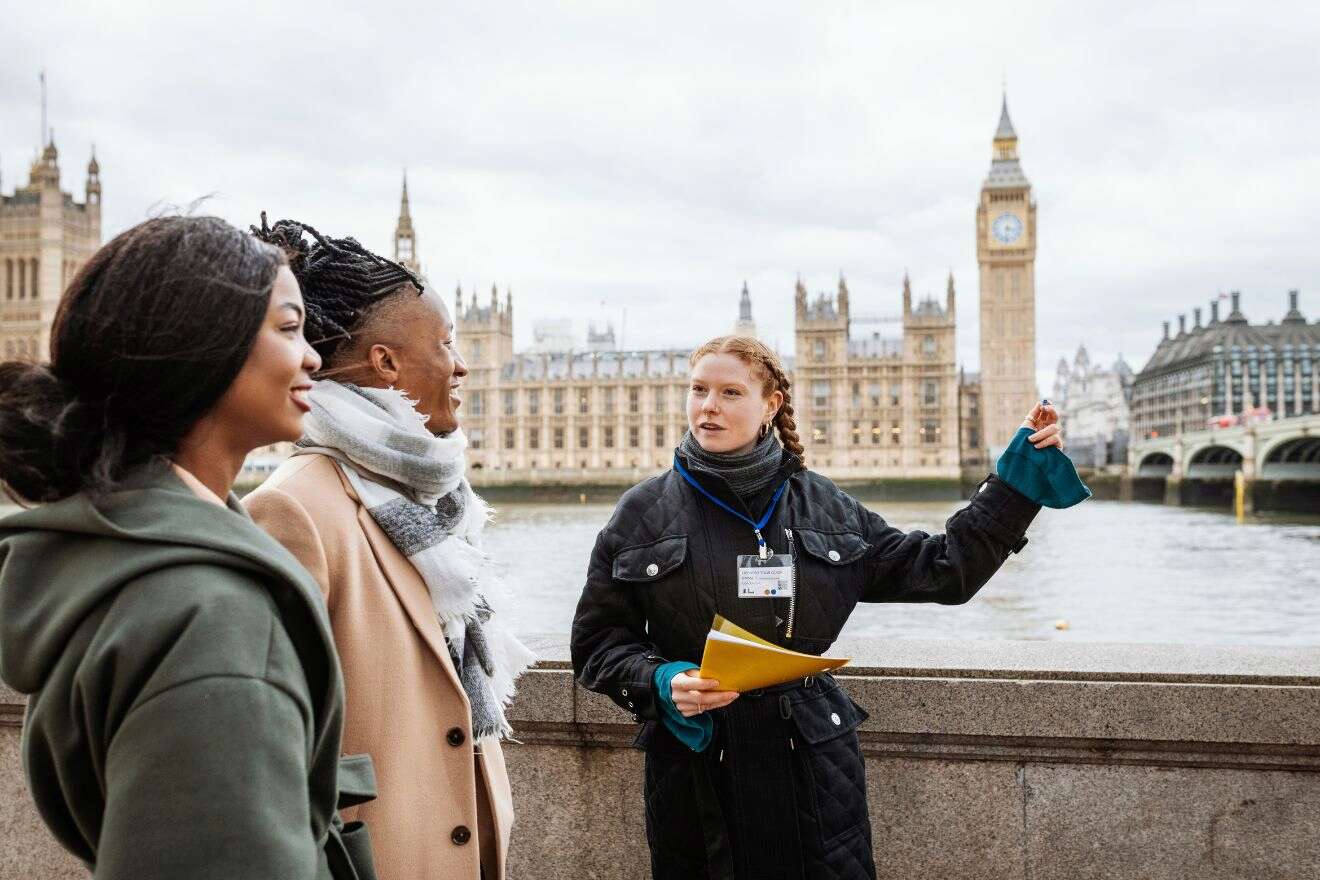

If you are anything like me, you probably have a long list of things you want to do on your trip. Unless you’re exclusively interested in free activities, there are probably going to be a lot of museums, tours, or other activities you will want to do when in a new place!
When you start budgeting for activities, you need to make a list of everything you want to do. Anything from museums and tours to massages and spas goes here!
I like to make two lists—a ‘must-do’ list and a ‘maybe’ list. Then, I look up the prices for each activity on both lists and add everything together. If the budget comes up a bit too high, you can just cross off your least favorite from the maybe list and get costs down.
The easiest way to check the price of an attraction/activity is to type the name into Google and add the price. For example, ‘Eiffel Tower ticket price’ and you’ll get the answer right away.
If possible, buy the tickets online; sometimes, they are cheaper or have skip-the-line options. Also, you don’t want to risk all the tickets being sold out when you arrive.
Depending on what you like to do, expect to pay between US$10 and US$30 for a short walking tour, US$50 to US$150 for a guided day trip, and if you’d like a private tour or trip, budget over US$300.
6. Pre-travel purchases
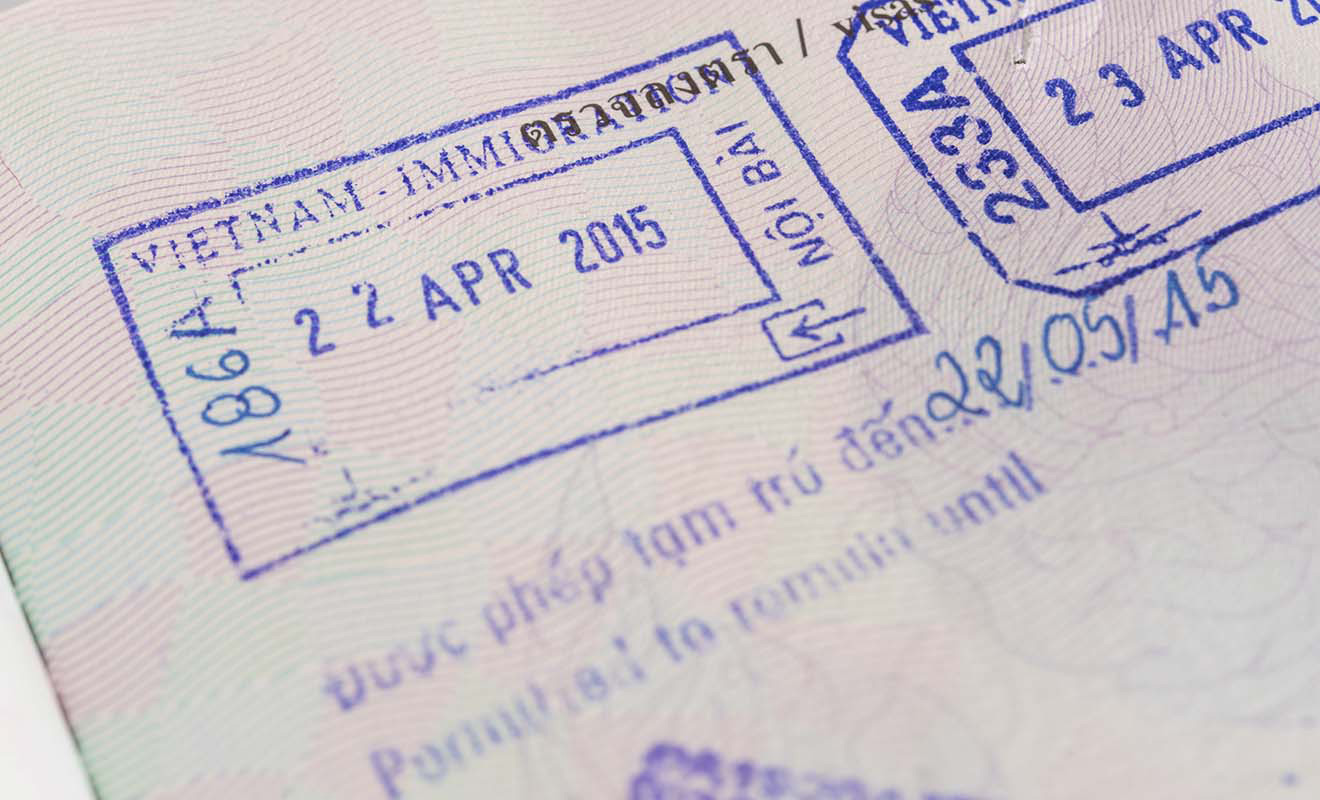

There are definitely a couple (or more) things that you will need to buy before the trip and this should also go into your budget estimation.
Check if you need a visa and if so, how much that is (also, how long it will take if you are planning on going soon). This can be anywhere from US$30 to US$150.
Your packing list will largely depend on the destination – and check whether you already have everything on the list. If not, it’s time to do some shopping! I would estimate pre-trip shopping to a max of US$300 (unless you’re buying expensive gear).
Travel insurance
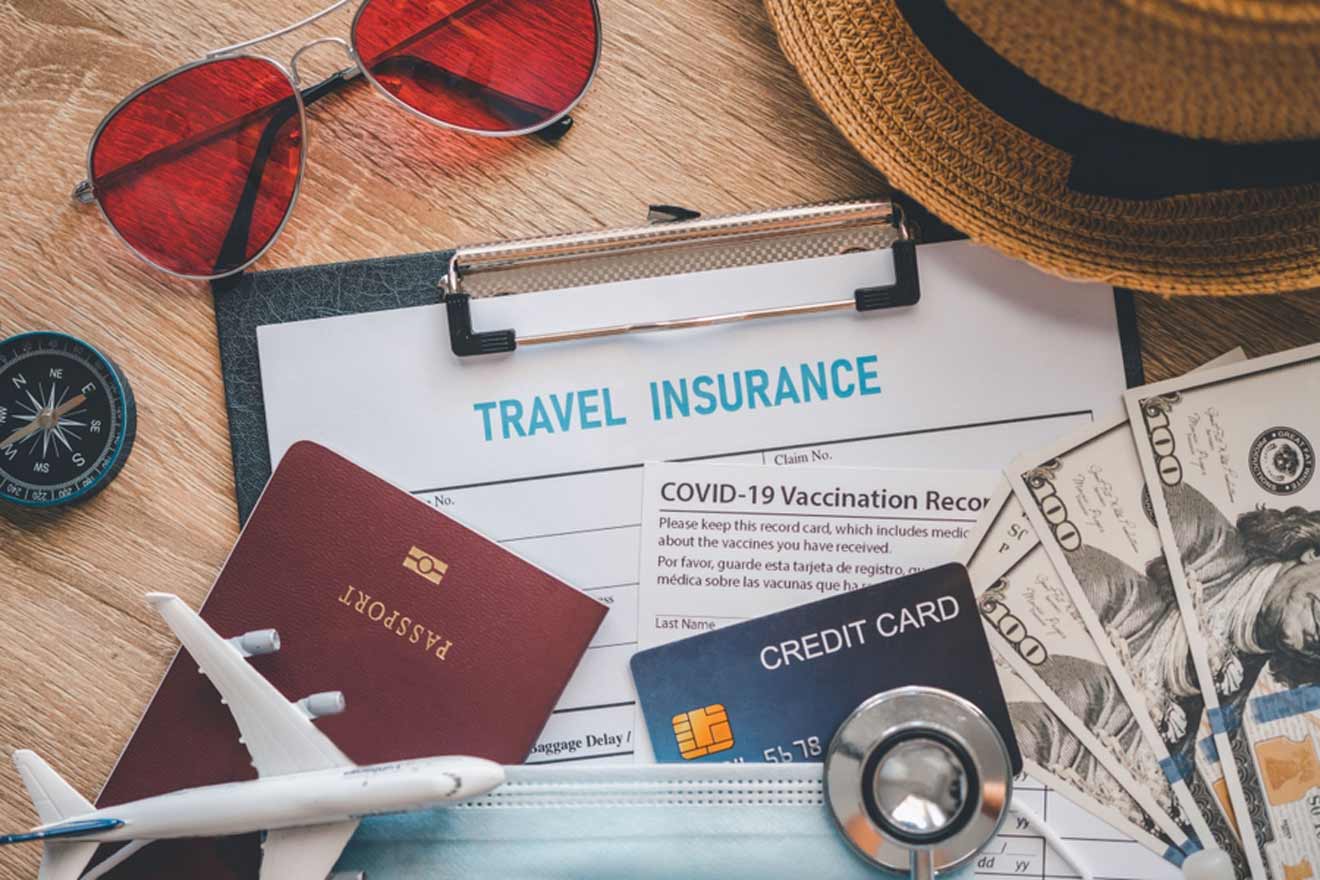

Now for one of the most important pre-travel expenses – insurance.
If there’s one thing you shouldn’t overlook when creating a budget for your trip, it’s travel insurance. We all want our travels to go smoothly, with no hiccups or accidents, but unfortunately, that’s not always possible. Travel insurance ensures that if something does go wrong, you’re covered.
All of the Miss Tourist team use SafetyWing travel insurance and are very happy with it (review here) – it’s reliable and super affordable. Better yet, it allows you to easily calculate the cost! Go on the SafetyWing website, find the pricing calculator, enter the length of your trip and the coverage you want, and get a quote – that’ll be your travel insurance budget.
With SafetyWing, a 2-week insurance policy will cost you US$28, but this doesn’t include US coverage. If you want to get coverage in the US, the price jumps up to US$52.
NOTE: You may already have travel insurance provided by your bank, so definitely check! Most credit cards usually include insurance that covers medical emergencies, trip cancellations, lost luggage, etc. (but it is always a good idea to check with your specific bank and book with the correct card).
7. Miscellaneous
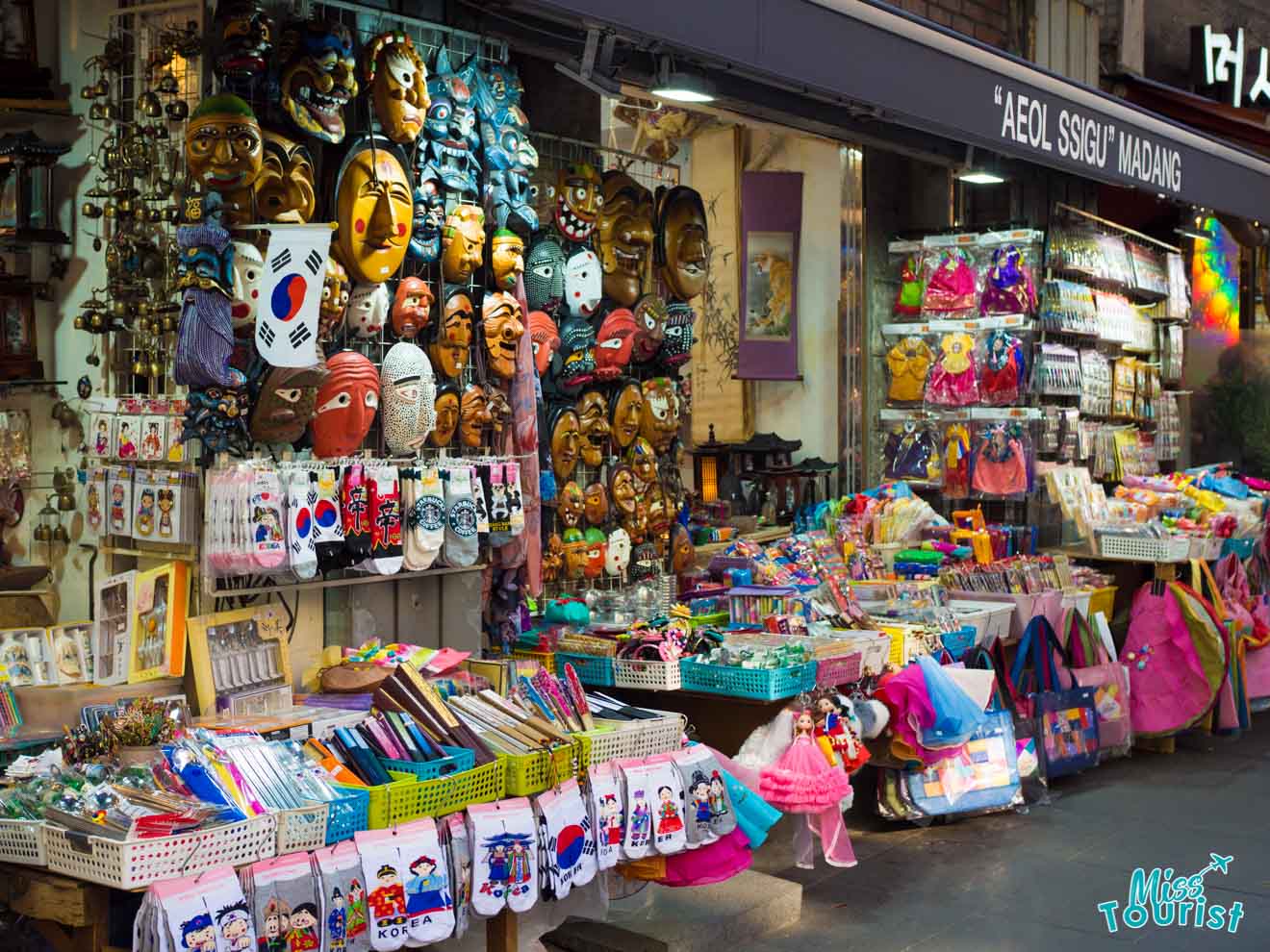

Finally, the last thing to add to your list – miscellaneous expenses. In this category, you should budget for all the souvenirs you buy for yourself, gifts you buy for the people close to you, and basically anything else that catches your eye.
Determining a budget for this can be tricky, as it’s hard to know how much souvenirs cost – and you don’t know what’ll catch your eye. So, the best thing to do is take a guess and set a budget that seems reasonable. If you like something a bit too expensive, having a budget will remind you not to splurge on unnecessary purchases.
PRO TIP: I have a personal budget category I like to call ‘the impulse-buy fund.’ I don’t like being too restricted with money when it comes to trinkets, and I enjoy buying things on a whim. These are usually my favorite purchases. So, I set some money aside for my impulse buys – and I don’t feel guilty about my purchases or going over budget!
Another thing you’ll likely need for your trip is a SIM card. I swear by eSIMs and you can read more about them here, but Airalo is my fav! In case an eSIM is not an option for you (your phone doesn’t support the technology), you can get a physical SIM card from a local provider. The price for a SIM/eSIM should be between US$10 and US$50.
Shopping is another miscellaneous expense to factor in – for some of us, this can even be a separate category, depending on personal travel style. For shopping expenses, you can budget between US$100 to US$1,000 – basically whatever you can afford!
8. Emergency fund
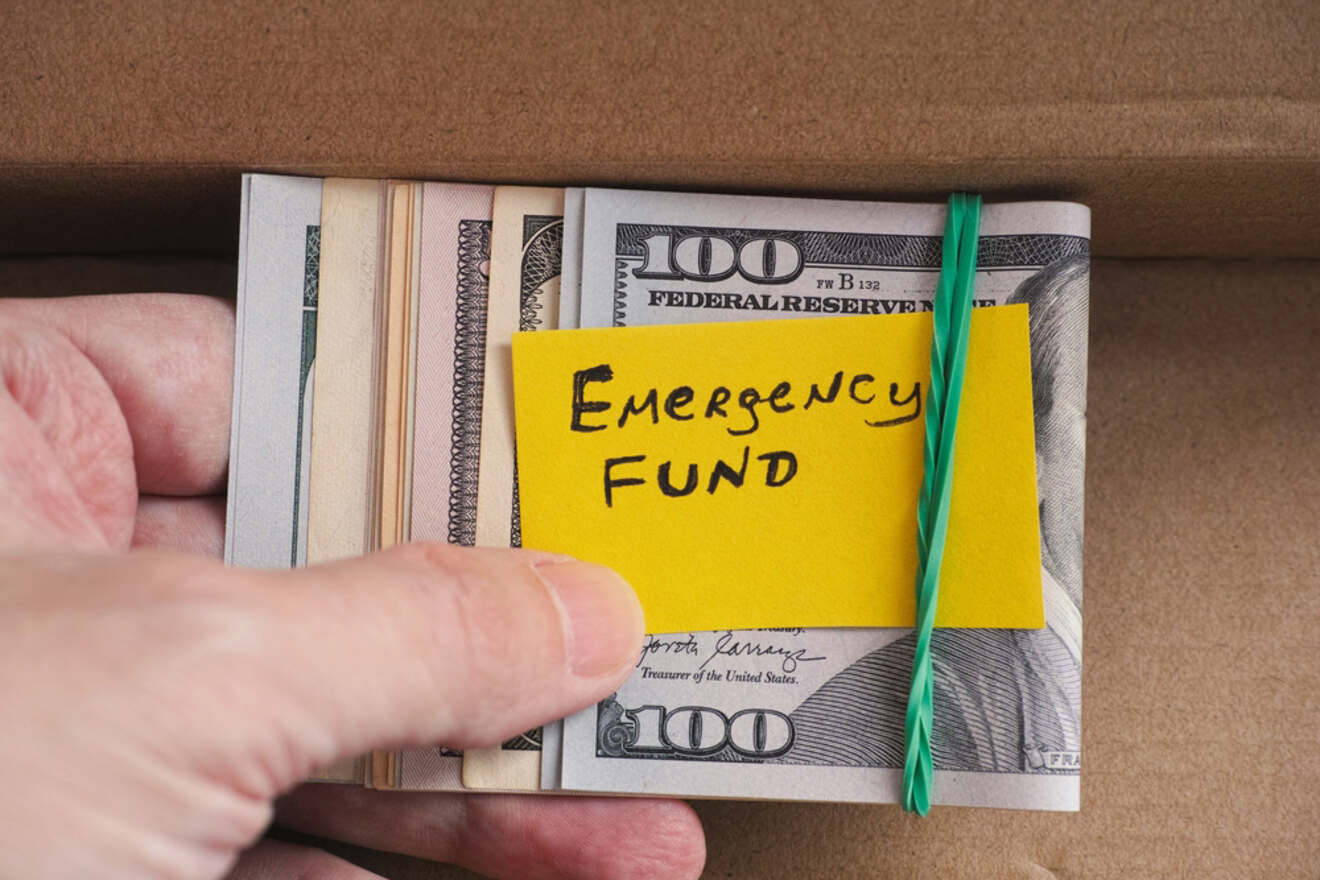

Lastly, your emergency fund. You may wonder why you need an emergency fund if you’re paying for travel insurance. Unfortunately, no insurance policy covers absolutely everything. In some cases, you have to pay out-of-pocket and wait for the insurance company to reimburse you – which can take a while.
There’s no need to think that the worst will happen – but it’s good to be prepared. Whether you need to buy some cold medicine, do some repairs on your car, or buy a new plane ticket, you need to have a separate fund set aside that you can tap into at any point.
What I like to do is keep US$300 to US$500 (more, if possible) on a separate card that I only use for emergencies. I almost never use that fund, but it’s nice to know that you have a backup plan in case something goes wrong.
Example of how to create a travel budget
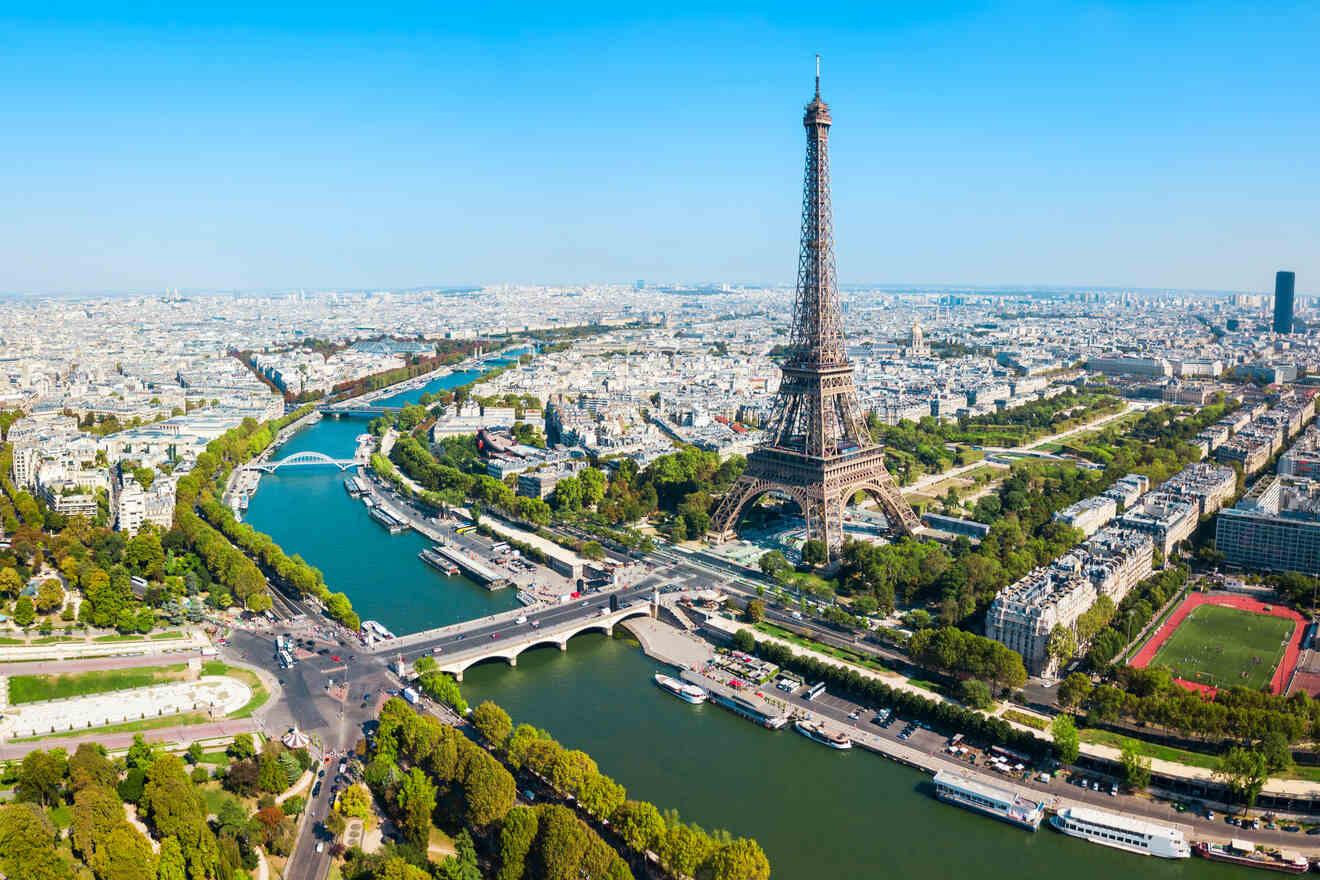

I know budgeting can seem scary and complicated, and even after going through this list, you may still not know what to do. Well, I’m here to provide an example so you have an idea of exactly what to do.
Let’s plan a 5-day (4 nights, 5 days) trip to Paris for 2 people and create an estimate of how much it will cost you:
| Expense type | Description | Total |
| Flight | Round-trip flight from USA: US$800 per person (800*2) | US$1600 |
| Accommodation | 4 nights in a mid-range hotel at US$150 per night (150*4) | US$600 |
| Airport bus | US$14 per person, per trip (14*2*2) | US$56 |
| Metro ticket | US$80 per person for a 5-day ticket (80*2) | US$160 |
| Food | US$50 per person/day (50*2*5) | US$500 |
| Tours & activities | US$80 per person, per day; 4 days of paid activities (80*2*4) | US$640 |
| Travel Insurance | US$20 per person for the entire week (20*2) | US$40 |
| Miscellaneous | S$50 per day for 2 people(50*5) | US$250 |
| Emergency fund | US$200 per person(200*2) | US$400 |
| Grand total | US$4,300 |
Subscribe here to get up to 35% off your accommodation for your next trip!
Apps for budgeting and tracking expenses
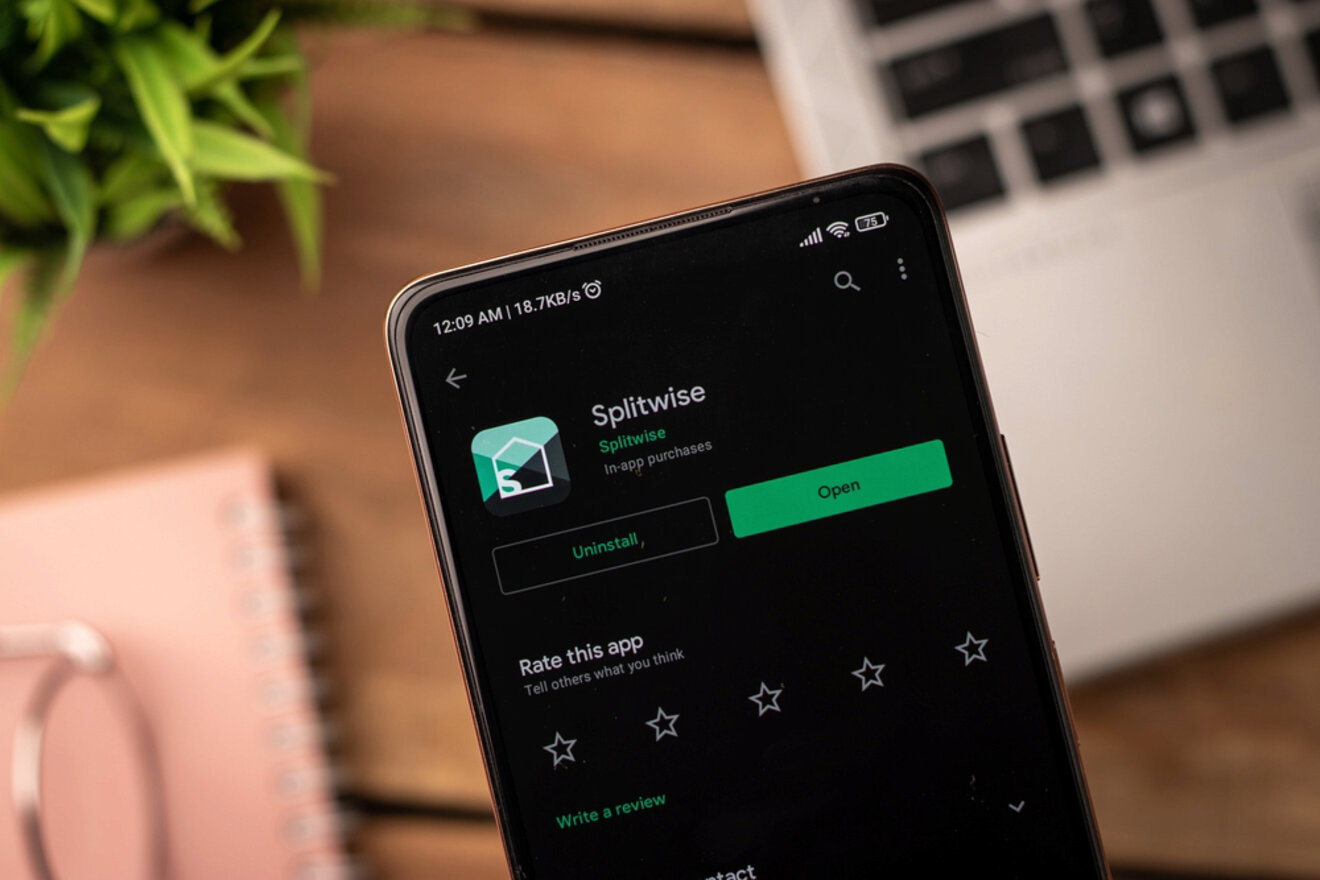

Here are a couple of very useful apps and other resources I can wholeheartedly recommend for budgeting for a trip:
- Planners – if you are more of a write-it-down person, Clever Fox travel journal has everything you need to plan a trip, including a budget category. Plus, it comes in a variety of different colors, and you can plan as many as 5 trips with it.
- Google Sheets – there are a ton of predefined Google Sheets that can help you in both planning the trip and logging the expenses while traveling.
- Apps for tracking expenses – there are plenty of free apps available that let you track your expenses, and although I haven’t yet transitioned to app-tracking, Wanderlog or TravelSpend are great!
- Apps for sharing expenses – I recommend Splitwise or Tricount if you are traveling as a part of a group and need to calculate who owes whom – easy breezy with these apps!
- Banking apps – Revolut and Wise are great for conversion, they provide an unbeatable rate, so if you need to pay in a foreign currency, you will not lose much on conversion fees.
I know that tracking your expenses on a trip may seem tedious, but it will only take a few minutes of your day. I promise you will feel good about yourself at the end of the trip! And when you do it once, you won’t be able to imagine traveling without a budget or at least an expense tracker.
FAQs about budgeting your trip


💰 How much should I budget for my trip?
The overall budget for your trip depends on your destination and the season. Each destination and each time of the year incur different costs, so you won’t be able to create a budget until you know where and when you’re going.
💱 How to estimate the cost of a trip?
The best way to estimate the cost of the trip is to calculate all the basic expenses – transportation, food, accommodation, insurance, documents, medical and emergency expenses – and also account for extra expenses like tours, pre-travel purchases, Internet access, and souvenirs.
💵 Is $100 a day enough for Europe?
The daily costs for European travel vary from country to country. In some countries, it’s possible to travel on US$100/day but you will be traveling on a tight budget. You can use a vacation budget calculator to help you determine the exact daily budget.
Final words on how to budget for travel
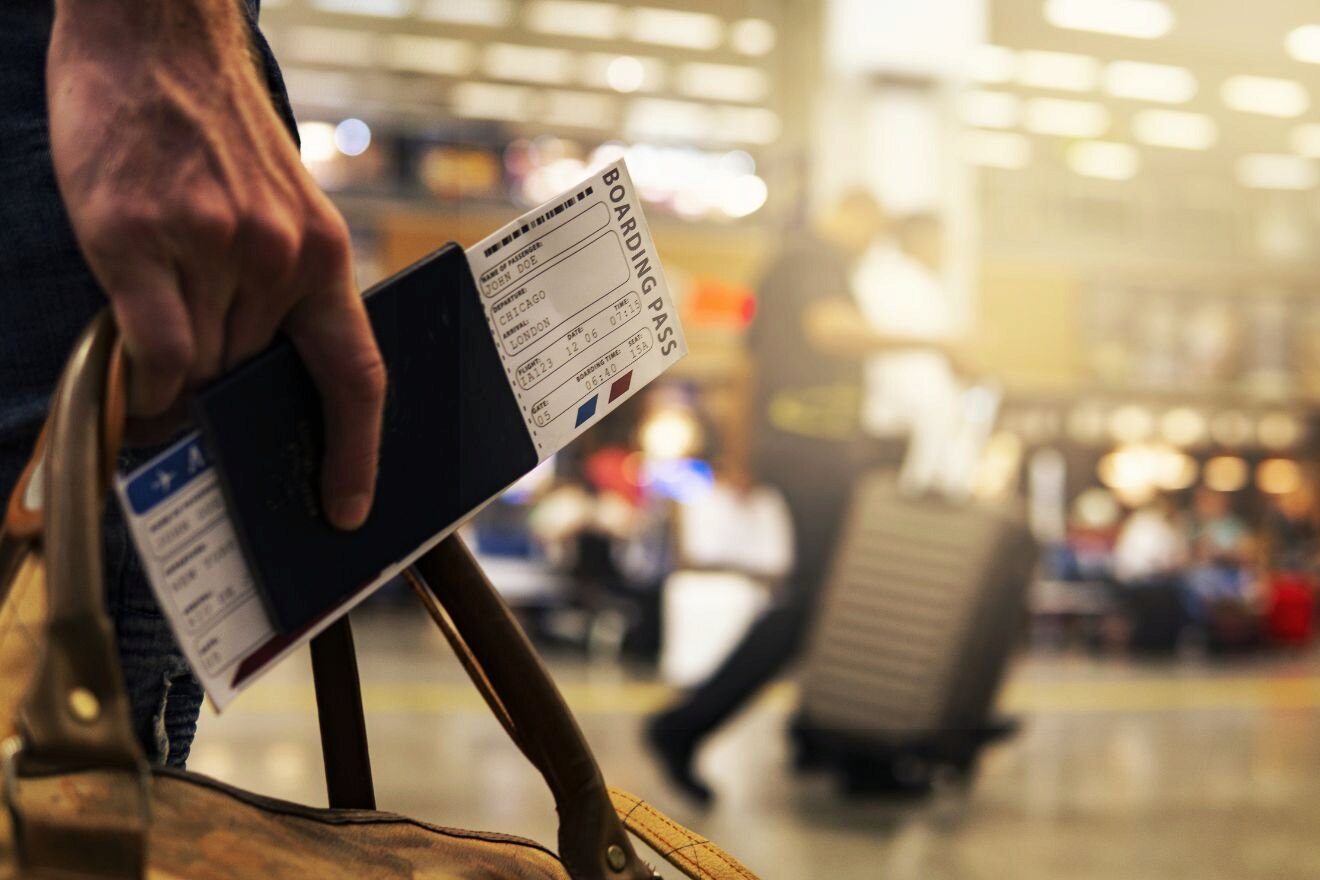

We’re at the end of my guide on budgeting for a trip! I really hope that you found this useful and that after reading this post, you’re now thinking, ‘I can budget my trip with no problem’!
All you need to do is go through all the categories, do some quick research, and add everything up. Before you know it, you’ll have your very own travel budget. Just don’t forget to track your expenses, and staying within budget will soon be a piece of cake.
Do you have any other questions about budgeting for travel? If you do, leave them in the comment section below – I’m more than happy to help you create your budget!
Have a successful budgeting,
Hristina
Pin it for later!
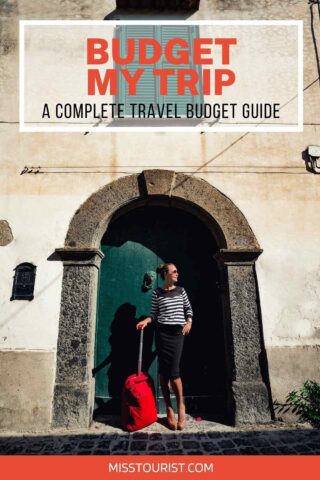

Pin it for later!
